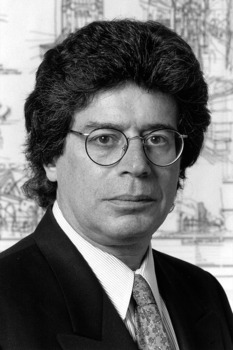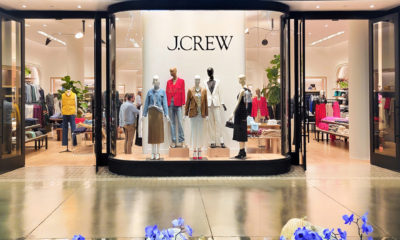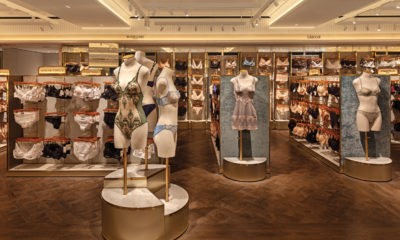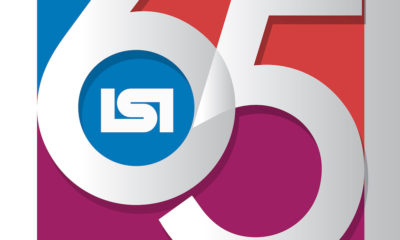Retailers have more to consider when creating a lighting program than just illuminating the space. Cost, energy-efficiency, lighting codes and aesthetics are all factors that can make or break a lighting presentation. But even with all of these potential hurdles, David Apfel of David Apfel Lighting Design (New York) says retailers are raising the bar when it comes to getting that perfect in-store glow.
“There was a time when you’d see lots of amateur lighting,” says Apfel, who’s done work for companies such as Aveda, Bloomingdale’s and Marshall Field’s. “Now, the level of lighting professionalism is on the upswing. Retailers have gotten smarter, and they aren’t as afraid to retain lighting design professionals.”
From color-changing to energy efficiency, several new technologies and trends are driving retailers to get it right.
“One of the biggest advancements in the lighting industry is that everything has been scaled down,” Apfel says. “You no longer see fixtures the size of clunky tomato juice cans or a ceiling full of inappropriate accent lights that don’t relate to the store design.”
Manufacturers are developing smaller accent lights with ceramic metal halide lamps, which Apfel says offer good color rendering and enable retailers to improve in-store appearance without using oversized lighting fixtures. “Retail and fashion change all the time,” he says, “Now we have more stylistic and flexible choices when it comes to track or accent lighting.”
Sandie Pope, of the Seattle-based design firm Callison, agrees. “Ceramic metal halides are the current standard for efficiency and color rendering,” says Pope. “Compared to incandescents or halogens, they’re roughly three times more energy-efficient and last three to five times longer.”
Concerns with energy efficiency have prompted retailers to make the switch from incandescents to other sources like compact fluorescents (CFL). “You used to get 20 lumens per watt with incandescents,” Apfel explains. “With compact fluorescents, you can get 80 lumens per watt.”
Kjell Anderson, also with Callison, notes, “Compact fluorescents require 20 to 30 percent of the energy of incandescents and last several times as long. And the price has come down considerably, thanks to Wal-Mart’s mission to sell 100 million CFL bulbs before the end of the year.”
This form of lighting also makes the grade when it comes to meeting stricter energy codes. “Energy codes are a fact of life,” Apfel says. “But compact fluorescents, low-wattage metal halide and LEDs are three of the most powerful tools retailers can use to meet them.”
Even with the codes’ tight restrictions, Apfel says the single most important concern for retailers is still aesthetics. “If retailers can properly present the merchandise in a manner that flatters the product and stimulates sales, then they’ve done their job.”


 Photo Gallery1 week ago
Photo Gallery1 week ago
 Headlines1 week ago
Headlines1 week ago
 Headlines2 days ago
Headlines2 days ago
 Headlines1 week ago
Headlines1 week ago
 Headlines1 week ago
Headlines1 week ago
 Designer Dozen2 weeks ago
Designer Dozen2 weeks ago
 Designer Dozen6 days ago
Designer Dozen6 days ago
 Headlines1 week ago
Headlines1 week ago













